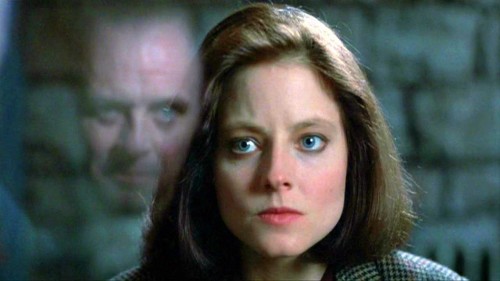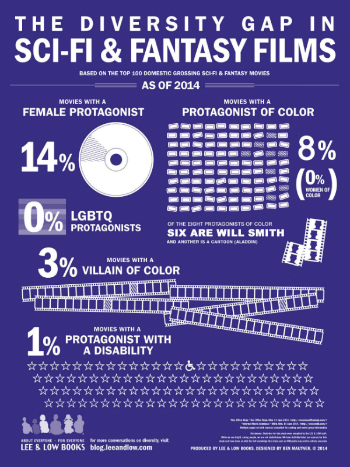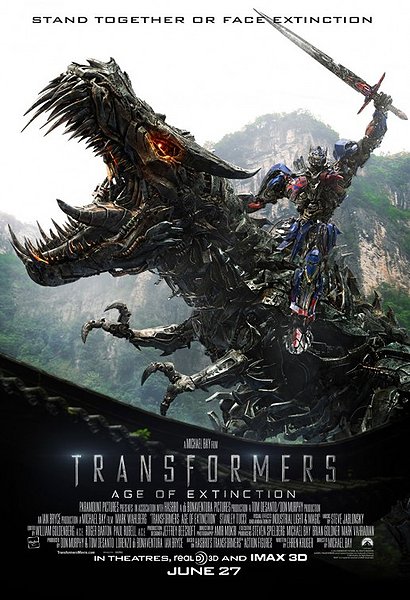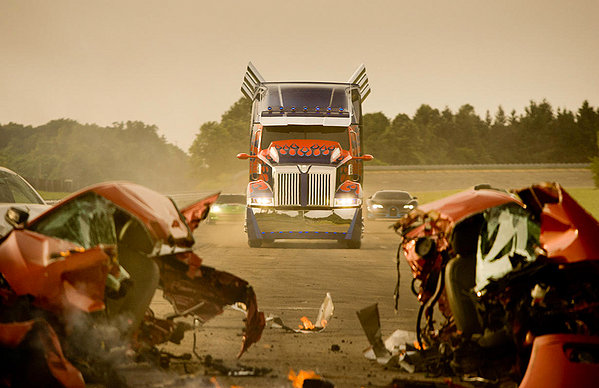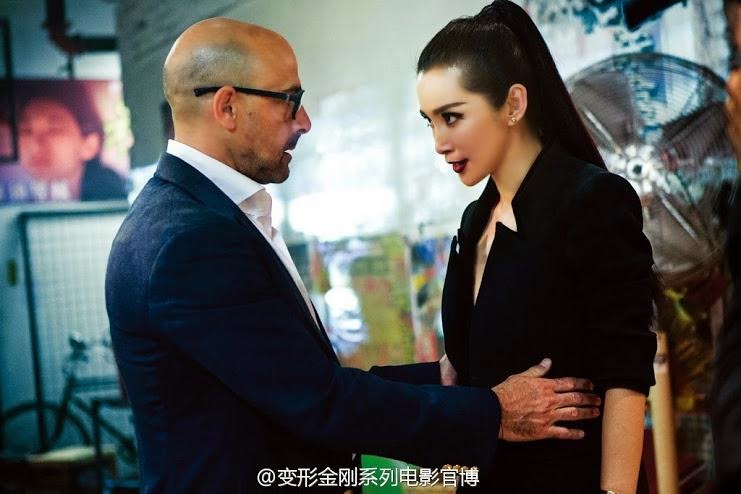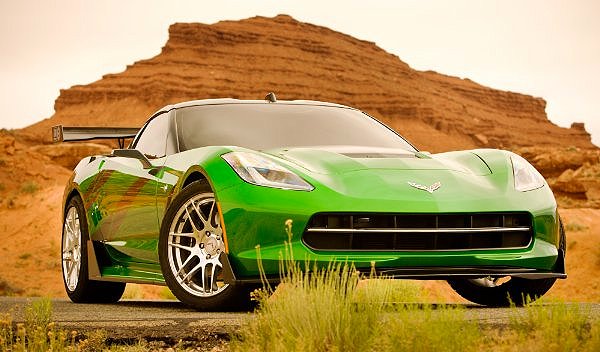This guest post by Laura Power appears as part of our theme week on Violent Women.
I love violent women. Maybe this is an odd thing to say; maybe it’s not. And I should qualify my statement by specifying that I love violent women in TV and film, not at my local grocery store. But oh, how I love a self-possessed Milla Jovovich stomping her thick-soled boot squarely into some thug’s gut, or a zinger-slinging Sarah Michelle Gellar tossing a spike straight through a vampire’s sternum.
But far too often it seems that filmmakers find violent women more acceptable when those women are either victims retaliating against violence (like in almost every horror movie ever made. ever.), psychopaths (Fatal Attraction; Basic Instinct; To Die For), or extorted to choose violence over death (Nikita). The spotlight rarely shines on women who are required to be violent during the course of their (lawful) day-to-day jobs, and who are not only competent, but who excel at those jobs. Yes, we have officers of the law Marge Gunderson (Fargo) and Clarice Starling (Silence of the Lambs); but Marge is part of a male-dominated ensemble, and Clarice is an agent-in-training who is used as a pawn and lied to by her male superior, and who relies on the help of a male criminal for clues and, in a way, mentorship.
Clarice can’t seem to shake Hannibal
But what happens when a woman is in a lawful profession, is competent, and is given the tools and information she needs to do her job? Well, this kind of woman hasn’t starred in many films, which is why the Paul Feig vehicle Spy starring Melissa McCarthy is such a…dare I say revolution?
As I considered Spy and the way McCarthy, playing CIA agent Susan Cooper, uses and responds to violence throughout the film, I asked myself if she truly was a new mold of a violent woman in film:
- Is she being hunted? No.
- Is she avenging a violence (physical, sexual) done against her? Nope.
- Is she used for window dressing as men in the film kick ass? Not a chance.
- Is she fully possessed of her faculties (i.e. no memory loss, mental illness)? She sure as hell is.
But I didn’t stop after I’d checked all of the boxes. I wanted to know what made Spy different from Feig’s other film featuring female law-enforcement agents, The Heat (2013). It isn’t just that Spy gives us a glamor—in McCarthy’s hair, makeup, and wardrobe (eventually), the decadent settings, and the European luxury. And it isn’t just that Spy takes its female lead very seriously—though it’s a comedy, Susan Cooper is self-aware and always in on the joke, never the joke itself. Spy is, however, different from The Heat—and from most other female-driven films—in how its main character uses violence in a competent, purposeful, and honest way.
Our first glimpse into Susan’s efficiency and…exuberance with violence is when the deputy director (Allison Janney) plays a decade-old video showing Cooper dive-rolling and shooting expertly through a training exercise. Cooper is fast and accurate, and although she seems embarrassed about the video, her supervisor is openly impressed.
Janney is another female actor I’d like to see kick some ass
Once Cooper’s mission starts, she takes step after step into more and more violence, and with each new challenge—a knife fight with a bomber in Paris; a quick-thinking trip-and-push in Rome; an in-flight spar with an armed flight attendant—she demonstrates both a willingness to be violent and a skillfulness to execute what needs to be done.
But Cooper’s best tricks start in Budapest, where she becomes more violent both physically as well as verbally. Cooper must lie to Rayna (Rose Byrne) to cover her identity, and, in the blink of an eye, she transforms into a filthy-mouthed bodyguard (“good gravy” replaced with “limp-dicked unicorn”). After this transition, Cooper’s quick-on-her-feet actions range from assaulting a man with her cell phone to making an impromptu decoy and smashing a fire extinguisher onto the heads of two bodyguards to escape capture.
Feig, as a director of female violence, and McCarthy, as the subject acting out this violence, shine in their respective roles, but they shine brightest during the beautifully choreographed fight between Cooper and a French female baddie in a green jumpsuit. The fight takes place in the kitchen of a nightclub, and Cooper uses dinner rolls, a baguette, frying pans, and finally a kitchen knife to attack and defend. As she dodges swings and blows, her reactions are sharp and athletic. Cooper grabs her opponent by the waist and brings her to ground like she is just a sack of rice; she plunges a knife into her opponent’s palm. And on the other side of the camera, Feig gives McCarthy the same treatment he gave Jude Law at the start of the movie when Law (playing CIA agent Bradley Fine), perfectly coifed and tuxedoed, does slow motion roundhouse kicks at plate-faced bodyguards. As McCarthy tousles with her own nemesis in the kitchen fight, Feig uses slow motion to let us savor the violence and bird’s eye shots to let us see the controlled swings of Cooper’s arms and legs as she fights. The violence is not slapstick. The violence is not played for laughs. The violence is just flat-out cinematically terrific.
One could make an argument that Susan Cooper must adopt a persona in order to explore this violence, and that it does not represent the “true” woman—the woman who bakes, has trouble getting the bartender’s attention, and might wear a “lumpy, pumpkin sack-dress” out to dinner. But I don’t agree with that argument. Cooper’s violence is not just a persona she wears in the field. The “real” Susan Cooper is the woman who follows the jumpsuit-wearing assassin into the kitchen, seeking out the conflict rather than hiding from it. The “real” Susan Cooper is the woman who head-butts Bradley Fine when she’s tied up in a dungeon. The “real” Susan Cooper is the woman who gets a field promotion because she has, in essence, saved the goddamned day.
Too long have men had the privilege of having so much fun (and looking so good) with violence in film. Let’s hope that more female directors pick up this mantle, and that more women are given the opportunity to shine as the centers of films where they can punch, kick, and shoot without the added context of victimhood or psychopathy. Give us more opportunities to be violent. Because, filmmakers, let’s be honest: it’s about time.
Laura Power teaches English composition and creative writing at a two-year college in Illinois. You can read more of her work at Cinefilles and Lake Projects and follow her on Twitter.
